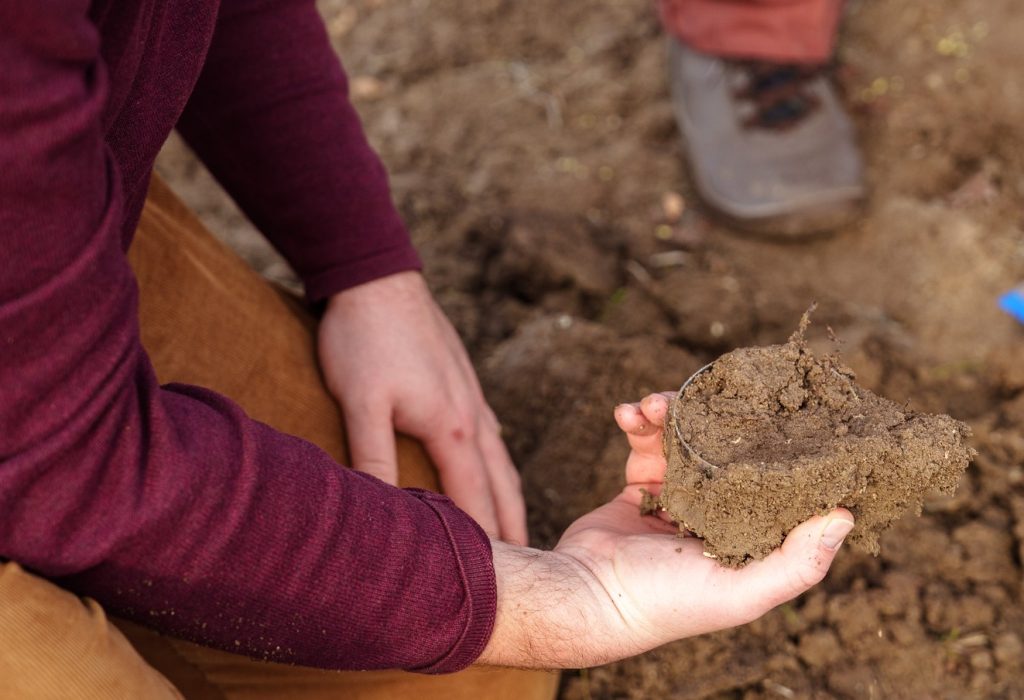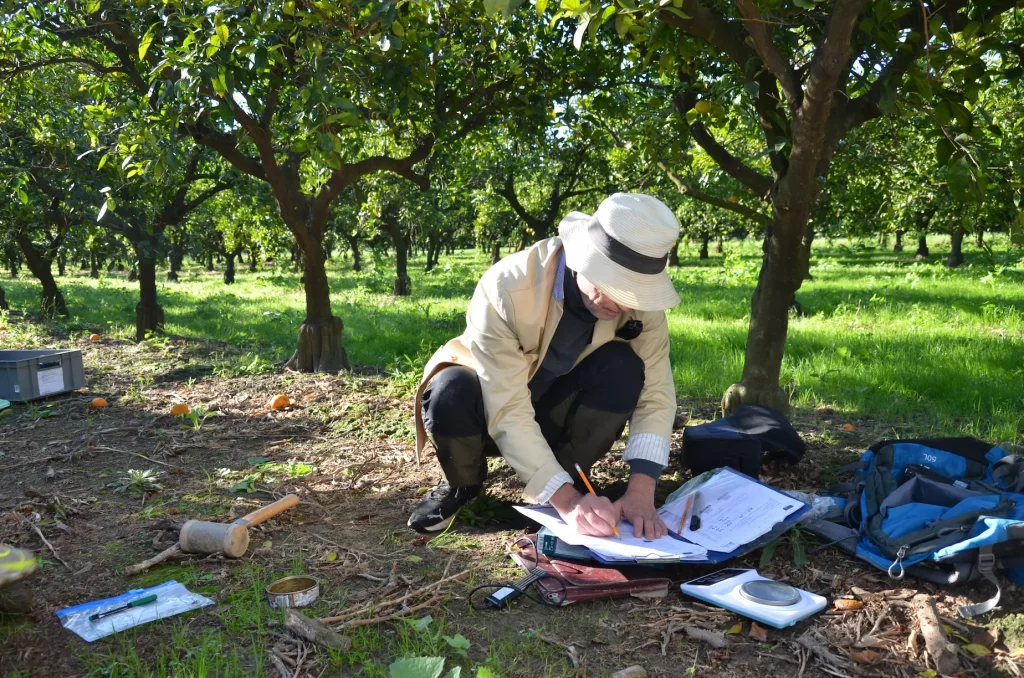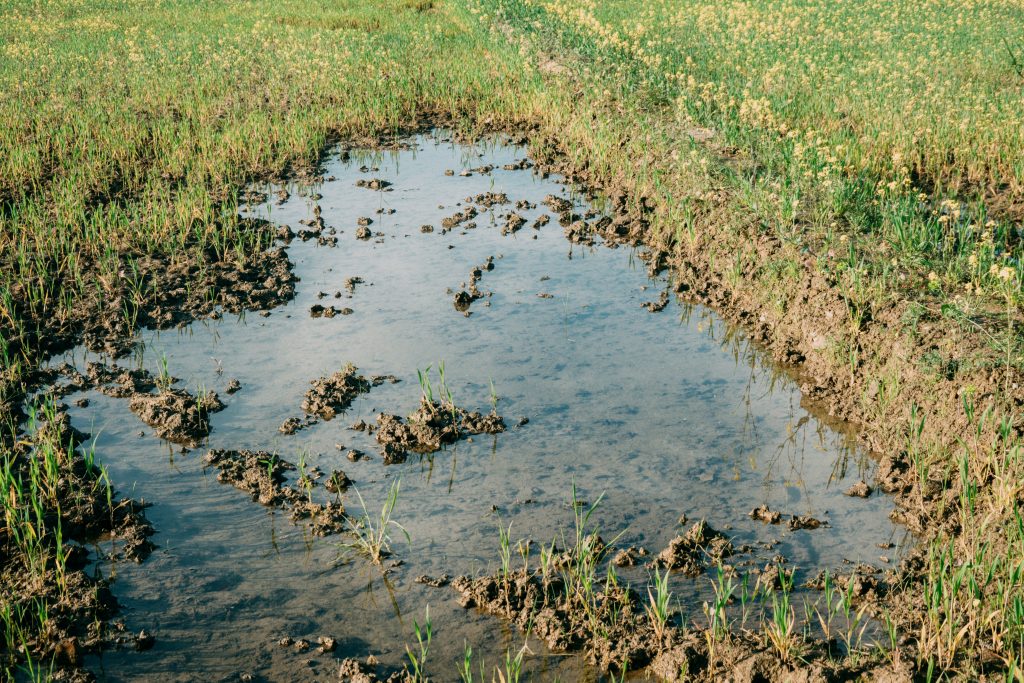Measuring soil health across a large continent provides us with a challenge. Europe has many distinct soil districts, from the peaty forests of Finland to the sandy olive groves of Southern France. As part of the AI4SoilHealth project, soil scientists are developing new indicators to help policy makers and soil managers get a more comprehensive understanding of Europe’s varied soils. These new tools will give valuable insights into the impact of different land management practices.
In this blog, Christopher Feeney from the UK Centre for Ecology and Hydrology introduces a new way of measuring soil organic carbon that takes into account the diversity of soils across the continent.

Addressing the challenges of measuring Soil Organic Carbon (SOC)
Soil organic carbon (SOC) concentration is a key metric for soil health due to its significant impact on physical and biological soil functions. However, determining a “healthy” SOC concentration can be challenging. The European Commission have proposed using the SOC to soil clay content ratio (SOC/clay ratio) to classify soil health, with a ratio of less than 1/13 indicating healthy soils, and more than 1/13 indicating unhealthy soils. However, this ratio is very sensitive to clay content, leading to sandy soils often being classed as healthy, and clay-rich soils as degraded, irrespective of SOC content. Additionally, the SOC/clay ratio does not account for climate or land cover, which are also important for determining SOC levels in the topsoil. This makes the SOC/clay ratio difficult to apply as a soil health indicator EU-wide, given the continent’s diversity of soil environments.
Introducing a new indicator
To address this, we developed an alternative indicator: the “observed/typical SOC” ratio. This approach normalises observed SOC levels by a predicted average, or “typical”, value. Building on earlier work by the Thünen Institute, and methods developed for British soils by UKCEH, we used multivariate statistical modelling to account for several factors at a time. This enabled us to generate 12 distinct environments of SOC accumulation across Europe, each defined by unique combinations of land cover, climate region and soil texture. Our observed/typical SOC ratio is not biased by clay content, is applicable in any European climate, and enables land managers to assess soil health based on typical SOC levels for land cover similar to their own.
Implications for policymakers
The new indicator can help policy makers target increases in SOC across the EU, thereby enhancing soil health and directly supporting at least 2 EU Soil Health Mission objectives: conservating soil organic carbon stocks, and improving soil structure to enhance soil biodiversity.
By creating a set of categories that are relevant to the distinct environment where the testing is taking place this new indicator makes it easier for policy makers to gain a more accurate impression of soil conditions. Compared to the previous SOC/clay grades, the new index more accurately reflects differences in soil structure and below-ground carbon stocks. Data from long-term field experiments also indicates that changes in SOC over shorter periods (less than 10 years) are also captured by this new method. Therefore, the observed/typical SOC ratio is proving to be a more robust measure of soil health across Europe than the SOC/clay ratio.
How does this research support AI 4 Soil Health?
Our work supports the development of new and improved soil health indicators. The observed/typical SOC indicator could be incorporated into the new soil health app, currently being developed by the AI 4 Soil Health project. This will enable users to track changes in soil health over time, providing useful insights into the effects of different land management practices.
Find out more about this research
You can read the full paper by Chrisopher Feeney et al here: Benchmarking soil organic carbon (SOC) concentration provides more robust soil health assessment than the SOC/clay ratio at European scale.



